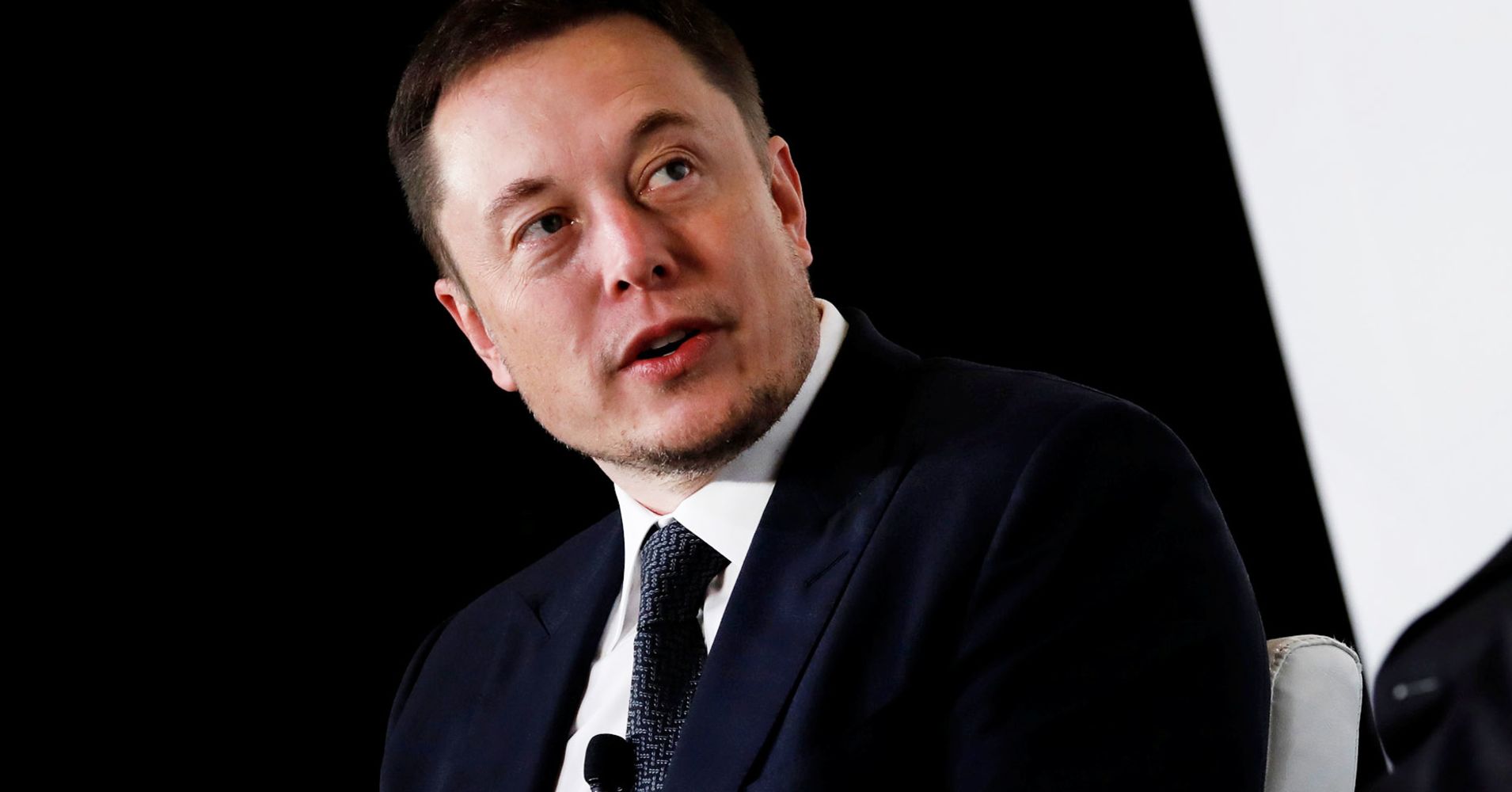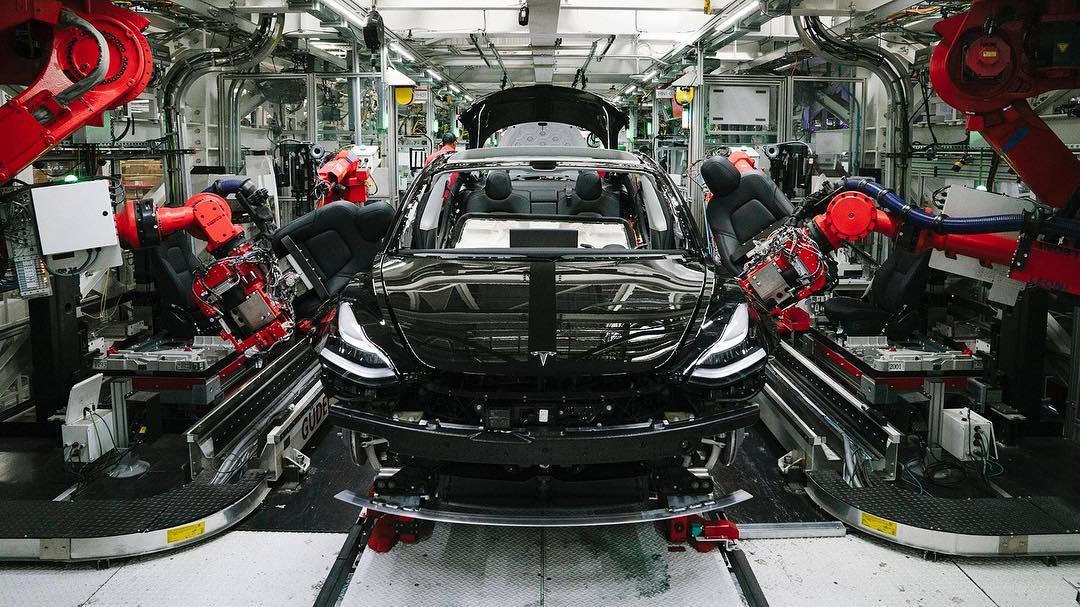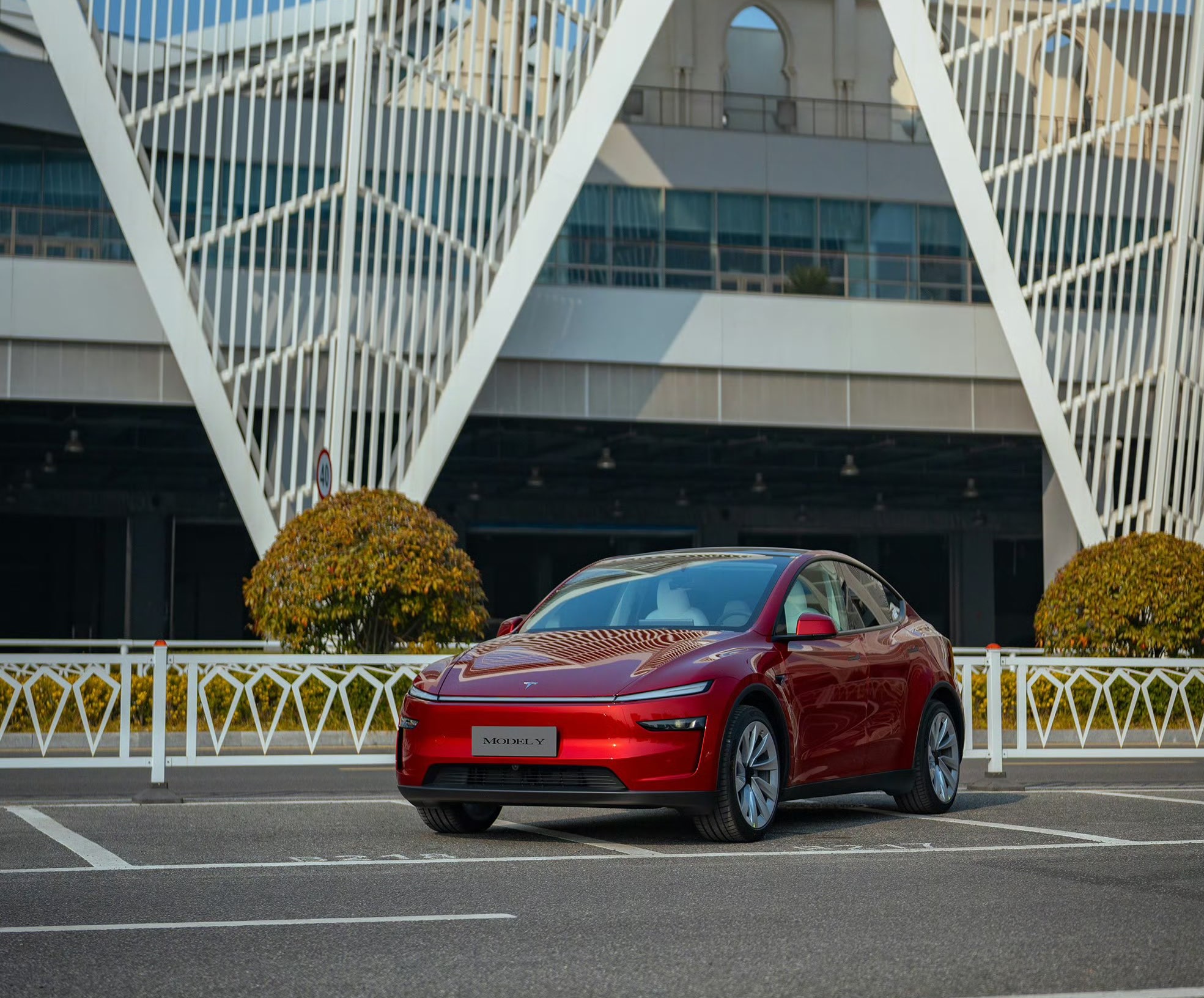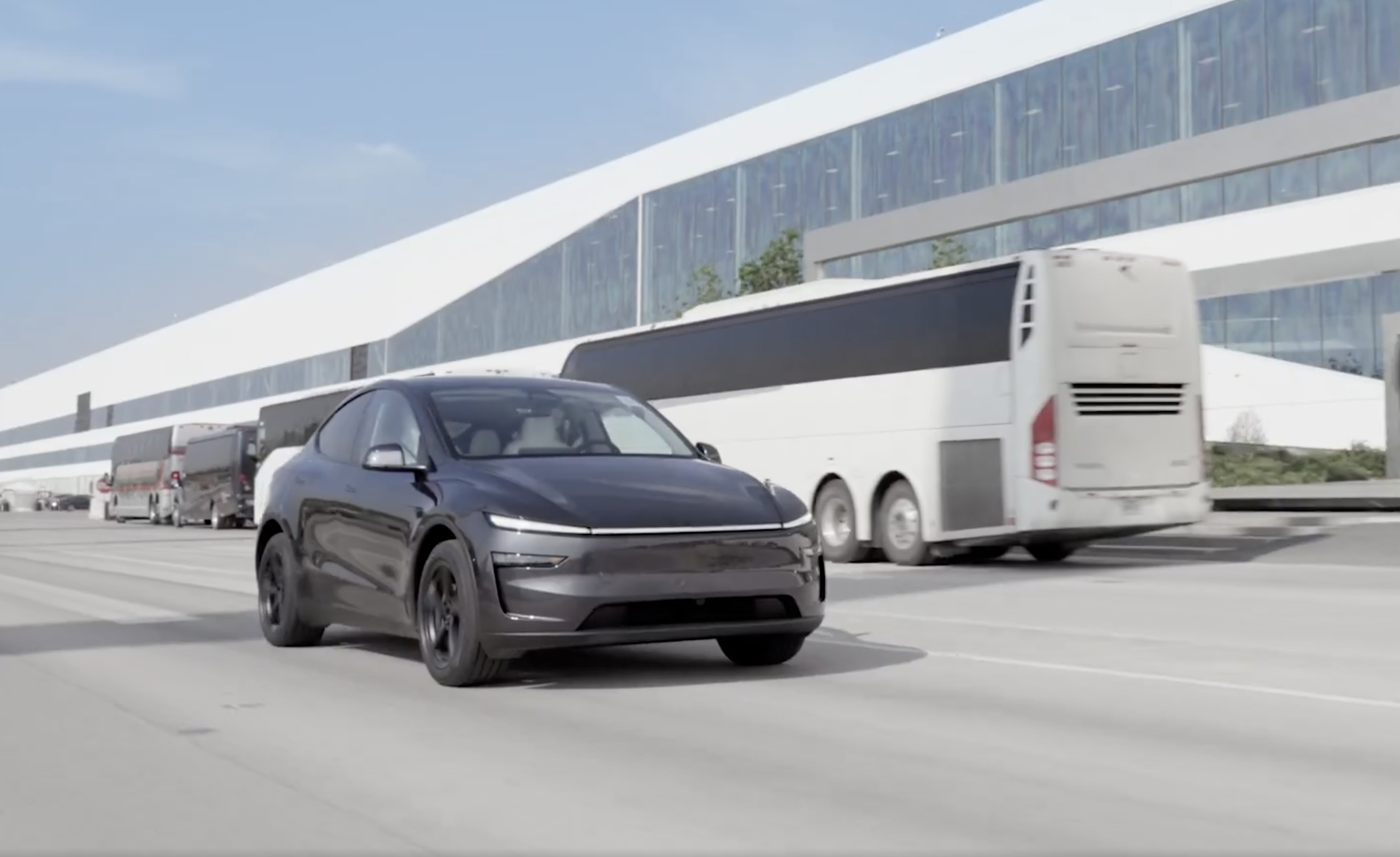

Investor's Corner
How Elon Musk walked away from Tesla’s privatization despite $30 billion offer
Last Wednesday, Elon Musk received an offer for the company’s possible privatization. The proposal was presented to Musk by advisers from Goldman Sachs and Silver Lake, and included a roster of prolific investors willing to contribute as much as $30 billion to Tesla. A day later, Musk met with the company’s Board of Directors at the Fremont factory and announced that he is withdrawing his proposal to take the company private.
The story of Tesla’s attempted privatization started off with a tweet. On August 7, Elon Musk announced on Twitter that he was considering taking Tesla private at $420 per share. Musk also added that funding had been secured for the deal. Later tweets during the day further suggested that the deal was quite certain and that Tesla’s privatization only needed a shareholder vote. Musk eventually published a blog post explaining his tweet a few days later, stating that his reference to funding being secured came from talks with Saudi Arabia’s sovereign wealth fund. The weeks following Musk’s initial announcement were volatile. SEC investigations were reportedly started, lawsuits were filed, and the company’s shares took a deep dive, at one point dipping below $290 per share.
Musk had been thinking of taking Tesla private for a while now. Being a public company, Tesla is subjected to the wild swings of the stock market, relentless attacks from short-sellers, and quarterly pressures from Wall Street. Musk’s other company, SpaceX, is private, and it pretty much runs like a far better-oiled version of Tesla. In an email to the Wall Street Journal this past weekend, Elon Musk explained that Tesla’s privatization was only feasible now, as the company is poised to rise considerably in the coming months.
“In my opinion, the value of Tesla will rise considerably in the coming months and years, possibly putting any take-private beyond the reach of any investors. It was now or perhaps never,” Musk wrote.
Elon Musk hired several high-profile advisers for Tesla’s possible privatization, including bankers from Goldman Sachs, as well as attorneys from Wachtell, Lipton, Rosen & Katz. Musk also hired Egon Durban of Silver Lake Partners, who had brokered and helped bankroll the buyout of computer maker Dell when it went private. Musk also kept close counsel with Tesla executives such as Chief Technology Officer J.B. Straubel, Attorney Todd Maron (who was once his divorce lawyer), finance chief Deepak Ahuja, and his brother Kimbal, who also holds a seat at Tesla’s board.
On August 18, Elon Musk presented ideas about how Tesla’s privatization could be done. According to the Wall Street Journal, the members of the Board were in support of Musk’s go-private initiative, though some had reservations about the CEO’s actions on Twitter. Musk reportedly admitted to his rashness and pledged to exercise more self-control on the social media platform. Musk then went over to the Fremont factory, where he worked until past midnight, tweeting past 2 a.m. that he had just gotten home. He was able to rest the following day.
Tesla’s advisers went into overdrive on August 20 and 21, coming up with a list of possible investors that would provide funding for the company to go private. By August 22, advisers from Goldman Sachs and Silver Lake had a list of interested investors who were willing to fund Tesla’s privatization at $420 per share. Among them were Silver Lake itself, as well as German auto giant Volkswagen AG. The investors have reportedly agreed to contribute as much as $30 billion for the deal. Elon Musk had reservations.

Musk was reportedly suspicious of rival car companies taking a stake in Tesla, particularly since they could piggyback on what the CEO called the “Tesla Halo.” Musk was also bothered by the notion that some of Tesla’s most ardent supporters would likely be pushed out of the privatization deal. For one, Fidelity Investments, which has supported Tesla over the years, would not be able to roll its entire stake in the company due to regulatory constraints.
Retail investors — individual shareholders who believe in Tesla’s mission and are putting in their hard-earned money into the company — might be in jeopardy as well. Then there was the photo. Earlier this month, Musk received a photo emailed to him by an elderly couple dressed in Tesla t-shirts with a handwritten sign congratulating the company for producing 7,000 electric cars in seven days. The message in the photo was short, simply saying “Thanks, Elon! Two happy stockholders!” Musk reportedly forwarded the email to a friend, writing that the picture “Made my day.”
After giving him the $30 billion offer, the privatization deal team advised Musk that the funding would likely come with several strings attached, as some major investors might want to have specific terms for themselves. Some would also demand to have a lot of say in the company.
The day after, a board meeting was held in a conference room at the Fremont factory — one that still had a used sleeping bag from Musk’s overnight working sessions at the facility. The company’s financial advisers stated that they were confident that Tesla’s privatization could be done. Then, it was Musk’s turn to speak.
“Based on the latest information I have, I’m withdrawing the proposal,” Musk said.
Elon Musk’s blog post explaining his decision to keep the company public was published on Tesla’s official website a day later.

Investor's Corner
Mizuho keeps Tesla (TSLA) “Outperform” rating but lowers price target
As per the Mizuho analyst, upcoming changes to EV incentives in the U.S. and China could affect Tesla’s unit growth more than previously expected.

Mizuho analyst Vijay Rakesh lowered Tesla’s (NASDAQ:TSLA) price target to $475 from $485, citing potential 2026 EV subsidy cuts in the U.S. and China that could pressure deliveries. The firm maintained its Outperform rating for the electric vehicle maker, however.
As per the Mizuho analyst, upcoming changes to EV incentives in the U.S. and China could affect Tesla’s unit growth more than previously expected. The U.S. accounted for roughly 37% of Tesla’s third-quarter 2025 sales, while China represented about 34%, making both markets highly sensitive to policy shifts. Potential 50% cuts to Chinese subsidies and reduced U.S. incentives affected the firm’s outlook.
With those pressures factored in, the firm now expects Tesla to deliver 1.75 million vehicles in 2026 and 2 million in 2027, slightly below consensus estimates of 1.82 million and 2.15 million, respectively. The analyst was cautiously optimistic, as near-term pressure from subsidies is there, but the company’s long-term tech roadmap remains very compelling.
Despite the revised target, Mizuho remained optimistic on Tesla’s long-term technology roadmap. The firm highlighted three major growth drivers into 2027: the broader adoption of Full Self-Driving V14, the expansion of Tesla’s Robotaxi service, and the commercialization of Optimus, the company’s humanoid robot.
“We are lowering TSLA Ests/PT to $475 with Potential BEV headwinds in 2026E. We believe into 2026E, US (~37% of TSLA 3Q25 sales) EV subsidy cuts and China (34% of TSLA 3Q25 sales) potential 50% EV subsidy cuts could be a headwind to EV deliveries.
“We are now estimating TSLA deliveries for 2026/27E at 1.75M/2.00M (slightly below cons. 1.82M/2.15M). We see some LT drivers with FSD v14 adoption for autonomous, robotaxi launches, and humanoid robots into 2027 driving strength,” the analyst noted.
Investor's Corner
Tesla stock lands elusive ‘must own’ status from Wall Street firm

Tesla stock (NASDAQ: TSLA) has landed an elusive “must own” status from Wall Street firm Melius, according to a new note released early this week.
Analyst Rob Wertheimer said Tesla will lead the charge in world-changing tech, given the company’s focus on self-driving, autonomy, and Robotaxi. In a note to investors, Wertheimer said “the world is about to change, dramatically,” because of the advent of self-driving cars.
He looks at the industry and sees many potential players, but the firm says there will only be one true winner:
“Our point is not that Tesla is at risk, it’s that everybody else is.”
The major argument is that autonomy is nearing a tipping point where years of chipping away at the software and data needed to develop a sound, safe, and effective form of autonomous driving technology turn into an avalanche of progress.
Wertheimer believes autonomy is a $7 trillion sector,” and in the coming years, investors will see “hundreds of billions in value shift to Tesla.”
A lot of the major growth has to do with the all-too-common “butts in seats” strategy, as Wertheimer believes that only a fraction of people in the United States have ridden in a self-driving car. In Tesla’s regard, only “tens of thousands” have tried Tesla’s latest Full Self-Driving (Supervised) version, which is v14.
Tesla Full Self-Driving v14.2 – Full Review, the Good and the Bad
When it reaches a widespread rollout and more people are able to experience Tesla Full Self-Driving v14, he believes “it will shock most people.”
Citing things like Tesla’s massive data pool from its vehicles, as well as its shift to end-to-end neural nets in 2021 and 2022, as well as the upcoming AI5 chip, which will be put into a handful of vehicles next year, but will reach a wider rollout in 2027, Melius believes many investors are not aware of the pace of advancement in self-driving.
Tesla’s lead in its self-driving efforts is expanding, Wertheimer says. The company is making strategic choices on everything from hardware to software, manufacturing, and overall vehicle design. He says Tesla has left legacy automakers struggling to keep pace as they still rely on outdated architectures and fragmented supplier systems.
Tesla shares are up over 6 percent at 10:40 a.m. on the East Coast, trading at around $416.
Investor's Corner
Tesla analyst maintains $500 PT, says FSD drives better than humans now
The team also met with Tesla leaders for more than an hour to discuss autonomy, chip development, and upcoming deployment plans.

Tesla (NASDAQ:TSLA) received fresh support from Piper Sandler this week after analysts toured the Fremont Factory and tested the company’s latest Full Self-Driving software. The firm reaffirmed its $500 price target, stating that FSD V14 delivered a notably smooth robotaxi demonstration and may already perform at levels comparable to, if not better than, average human drivers.
The team also met with Tesla leaders for more than an hour to discuss autonomy, chip development, and upcoming deployment plans.
Analysts highlight autonomy progress
During more than 75 minutes of focused discussions, analysts reportedly focused on FSD v14’s updates. Piper Sandler’s team pointed to meaningful strides in perception, object handling, and overall ride smoothness during the robotaxi demo.
The visit also included discussions on updates to Tesla’s in-house chip initiatives, its Optimus program, and the growth of the company’s battery storage business. Analysts noted that Tesla continues refining cost structures and capital expenditure expectations, which are key elements in future margin recovery, as noted in a Yahoo Finance report.
Analyst Alexander Potter noted that “we think FSD is a truly impressive product that is (probably) already better at driving than the average American.” This conclusion was strengthened by what he described as a “flawless robotaxi ride to the hotel.”
Street targets diverge on TSLA
While Piper Sandler stands by its $500 target, it is not the highest estimate on the Street. Wedbush, for one, has a $600 per share price target for TSLA stock.
Other institutions have also weighed in on TSLA stock as of late. HSBC reiterated a Reduce rating with a $131 target, citing a gap between earnings fundamentals and the company’s market value. By contrast, TD Cowen maintained a Buy rating and a $509 target, pointing to strong autonomous driving demonstrations in Austin and the pace of software-driven improvements.
Stifel analysts also lifted their price target for Tesla to $508 per share over the company’s ongoing robotaxi and FSD programs.









